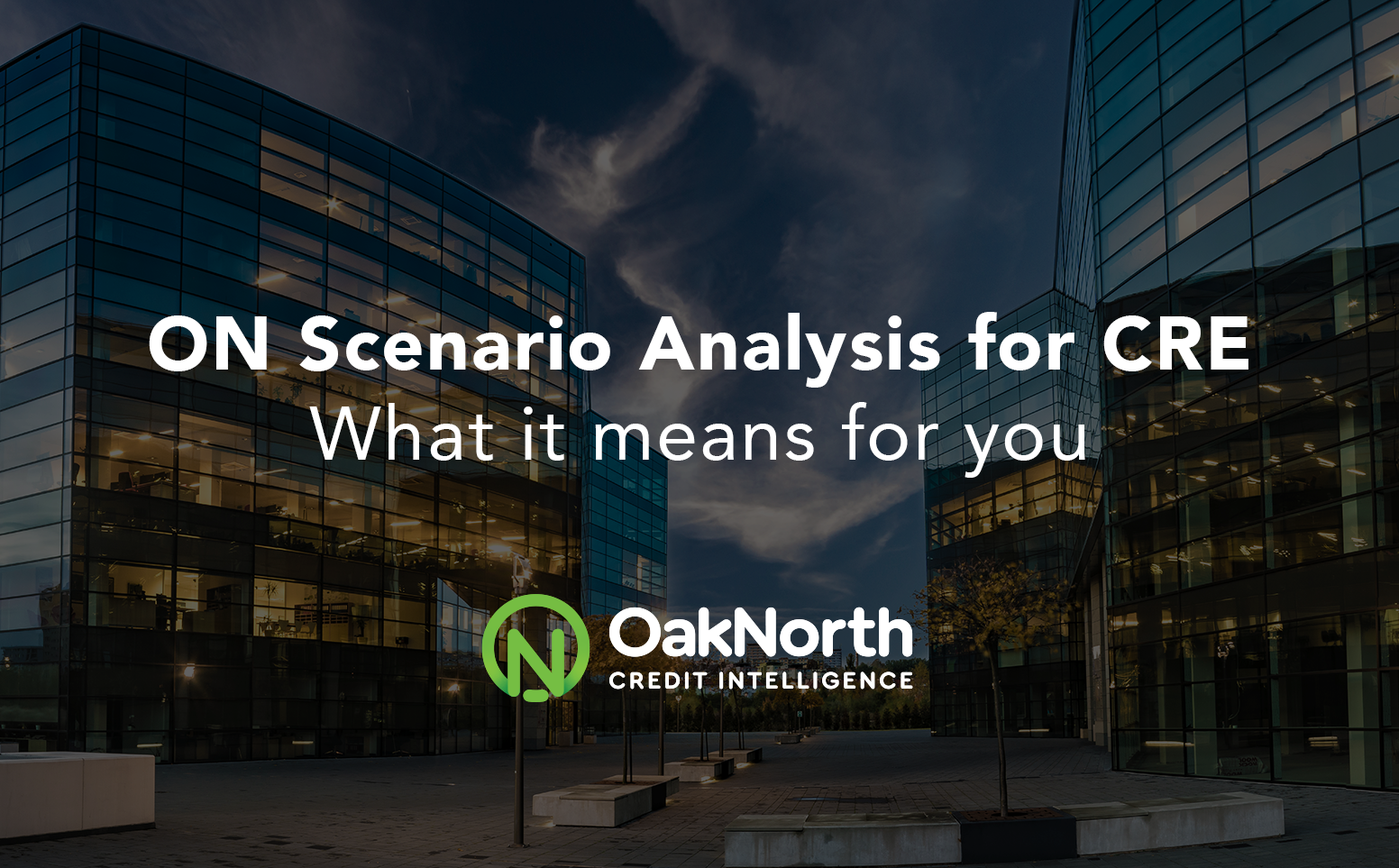Despite the current economic uncertainty, CRE continues to play a significant and increasing role in the global economy. It provides spaces for businesses to operate in, generates vast employment opportunities, and creates sites that our lives depend on, such as office buildings, hospitals, schools, care homes, retail spaces, hotels, bars, restaurants, as well industrial facilities. According to Citigroup, the overall CRE market is worth $5.7 trillion, making it one of the biggest in the US today. Given the recent CRE turmoil coming out of COVID and beyond, ON Scenario Analysis for CRE has been specifically designed to support this vital sector.
We sat down with several members of ONci’s product team to find out more about it.
What does ON Scenario Analysis for CRE entail?
By deploying ONci’s forward-looking forecasting models, ON Scenario Analysis for CRE provides lenders with the ability to run city-specific macroeconomic scenarios on their CRE loan portfolios. Furthermore, it enables risk professionals to get access to immediate and actionable intelligence on each of their specific CRE portfolios, down to the individual property level.
ONci’s CRE scenarios provide coverage for six property types, including Multifamily, Office, Retail, Industrial, Warehouse, and Hotels, while catering to both investment and construction loans. Its forecast models can also cover over 1000 cities across the US, in addition to identifying the main drivers of risk across CRE portfolios and developing targeted risk mitigation strategies.
What benefits will it bring to commercial lenders?
The stand-out benefits include:
- The ability of lenders to run scenarios on their entire CRE loan portfolio without worrying about limited and costly resources, backward-looking data, technology, and modeling capabilities.
- The ability to plan ahead for market changes and formulate targeted risk mitigation strategies to reduce defaults and charge-offs and better manage capital requirements.
- The use of early warning indicators to take a proactive approach to portfolio monitoring and adjust their lending and review strategy to gain efficiency without sacrificing credit quality.
- The capability to identify opportunities for growth, even in turbulent economic cycles making lenders’ process less restrictive, thereby supporting borrowers in times of stress.
Why is it an important tool for banks?
Given the widespread turmoil the economy has faced recently, commercial lenders are facing fears of a repricing event in CRE, particularly in the office sector. This has resulted in special emphasis from regulators and examiners, asking banks to model the impact this may have on their portfolio under CRE stress.
As a result, senior management teams at all banks need the right data to make quick decisions about how to navigate the CRE marketplace through a correction, and to be able to justify those decisions to their examiners.
What benefits will it bring for commercial lenders?
The benefits of ON Scenario Analysis for (CRE) loan books are many. These include:
- Run stress factors connected to current and possible future market conditions instead of break-the-bank scenarios;
- Get an independent assessment of how different economic conditions may impact your portfolio and model your own economic scenarios to see how drivers like property values and operating income are affected;
- Using leading indicators to stress the portfolio will help decision-makers act now to prevent losses and find opportunities.
Furthermore, an increased level of granularity provided by ONci means lenders can take a consultative approach with each borrower. Modeling scenarios down to the MSA and property type means decision-makers at the bank know where to keep lending, where to pull back, and what conversations to have with existing borrowers.
Looking ahead to the rest of 2023 and beyond, the US CRE market will no doubt continue to play a vital role in the economy’s recovery. As a result, it is essential that banks are in a strong position to support their real estate customers with their upcoming and current development projects. Now is a good time to pay special attention to borrowers and start thinking longer term to secure strong and stable growth as we head into 2024.
